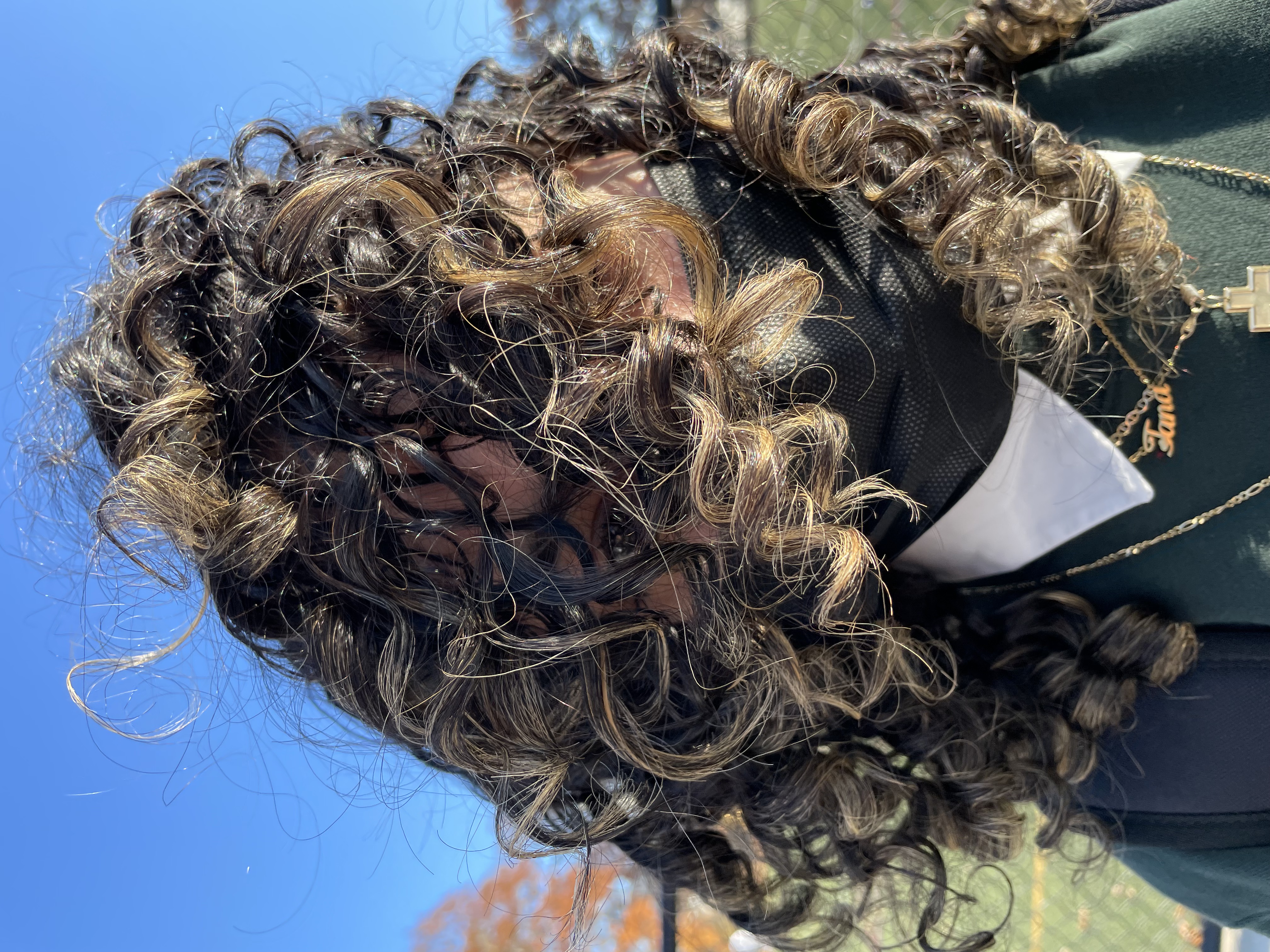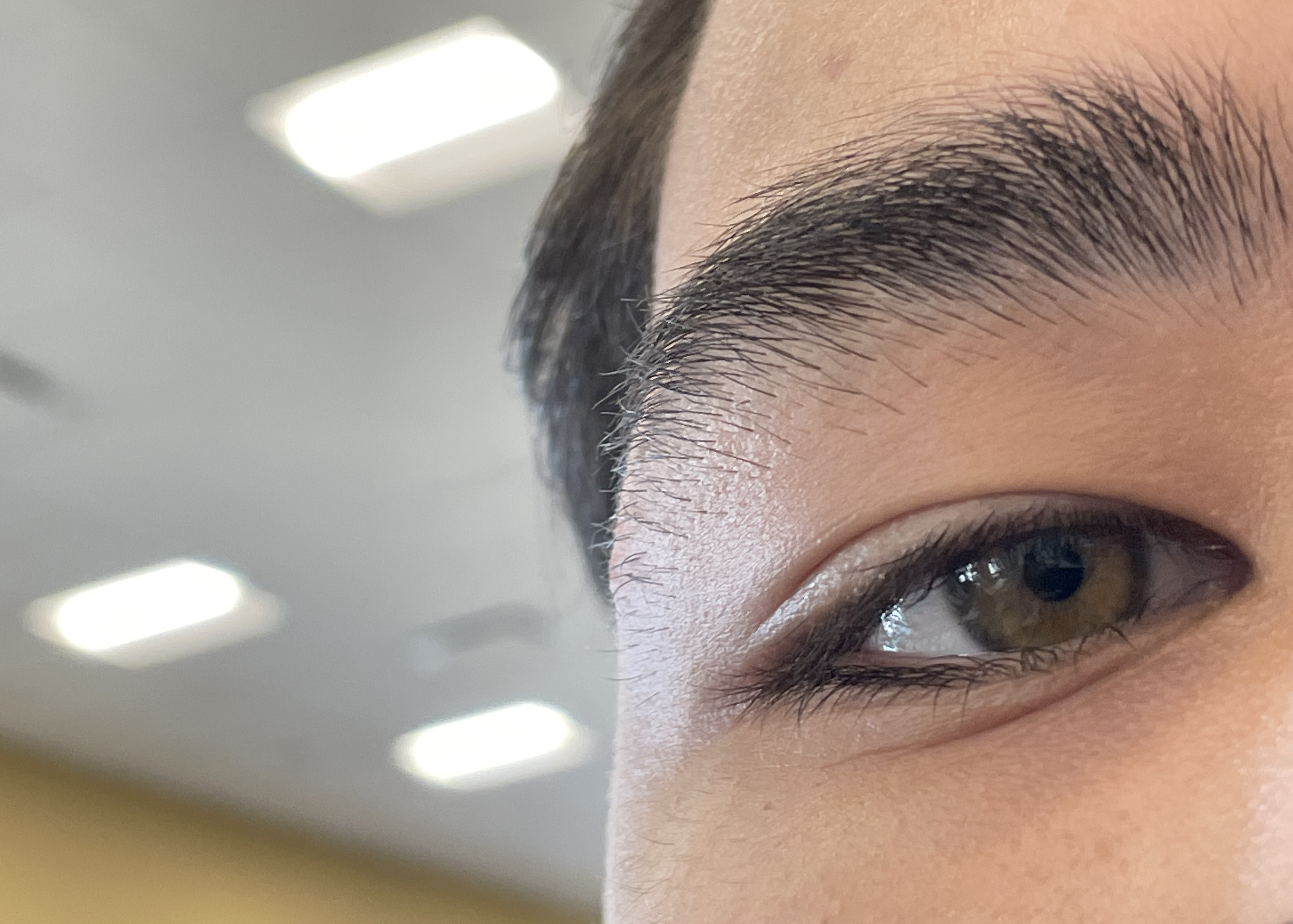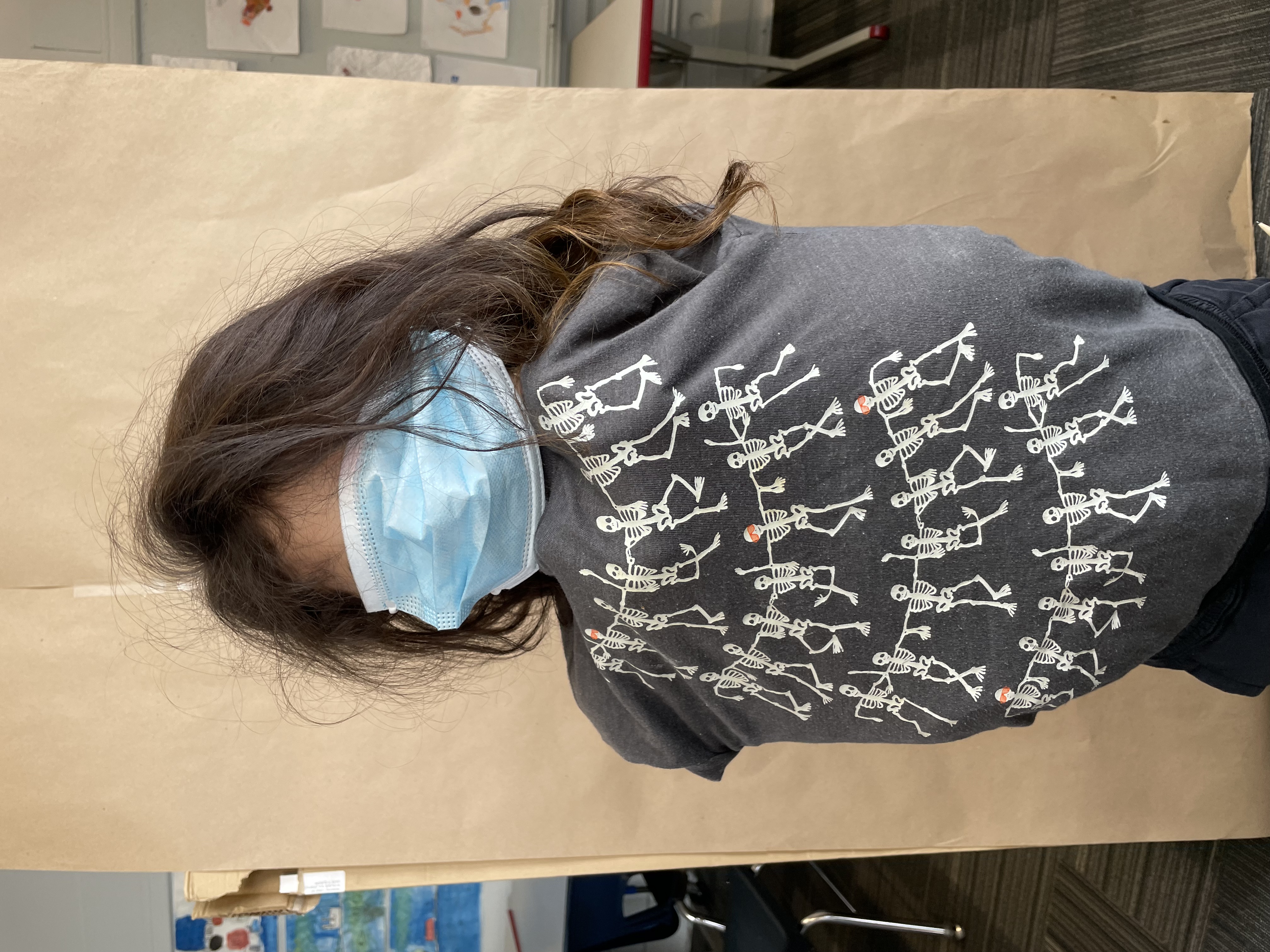


For the last couple of years, I have been teaching photography and media arts to kids as a way to support and develop literacy. I first became interested in doing this as I witnessed my own one- year-old daughter begin to attach language to her own experiences. These verbal and non-verbal expressions provided new layers of participation in every aspect of her life, and I became fascinated with the processes surrounding this behavior. A favorite memory of that period is of her ‘practicing’ laughter in a moment that she deemed appropriate for such an expression (Imagine a mouth not smiling but moving in the way a mouth does when it laughs, emitting a laughing-type sound, with her eyes gazing towards me in hopes of a response).
Coming from a visual arts and communications background, I have always been drawn to visual literacy issues: What kinds of visible spaces do letters, words, and pictures occupy for us to find meaning in them? How are those spaces, lines, and colors related to our thinking? How can the visual arts support the creation and perception of these meaningful marks?
One of my current pedagogical fascinations is prompts. Mystical, like numbers lining up in a sudoku grid, prompts can target subjects with precision as they leverage adjacent worlds. Prompts are related to photography itself as they frame the subjects they seek students to express and have a productive efficiency that feels like a rapid prototype, e.g., Students can take them and make something immediately. I find/make prompts from any human behavior or observation including daily routines, sightings, habits, and rituals which effectively turn my students into detectives, sociologists, and diviners. In this blog I hope to shine a light on this essential tool (and maybe some others too) by examining, speculating, and narrating some of the brilliant ways my prompts have been completed by students.
